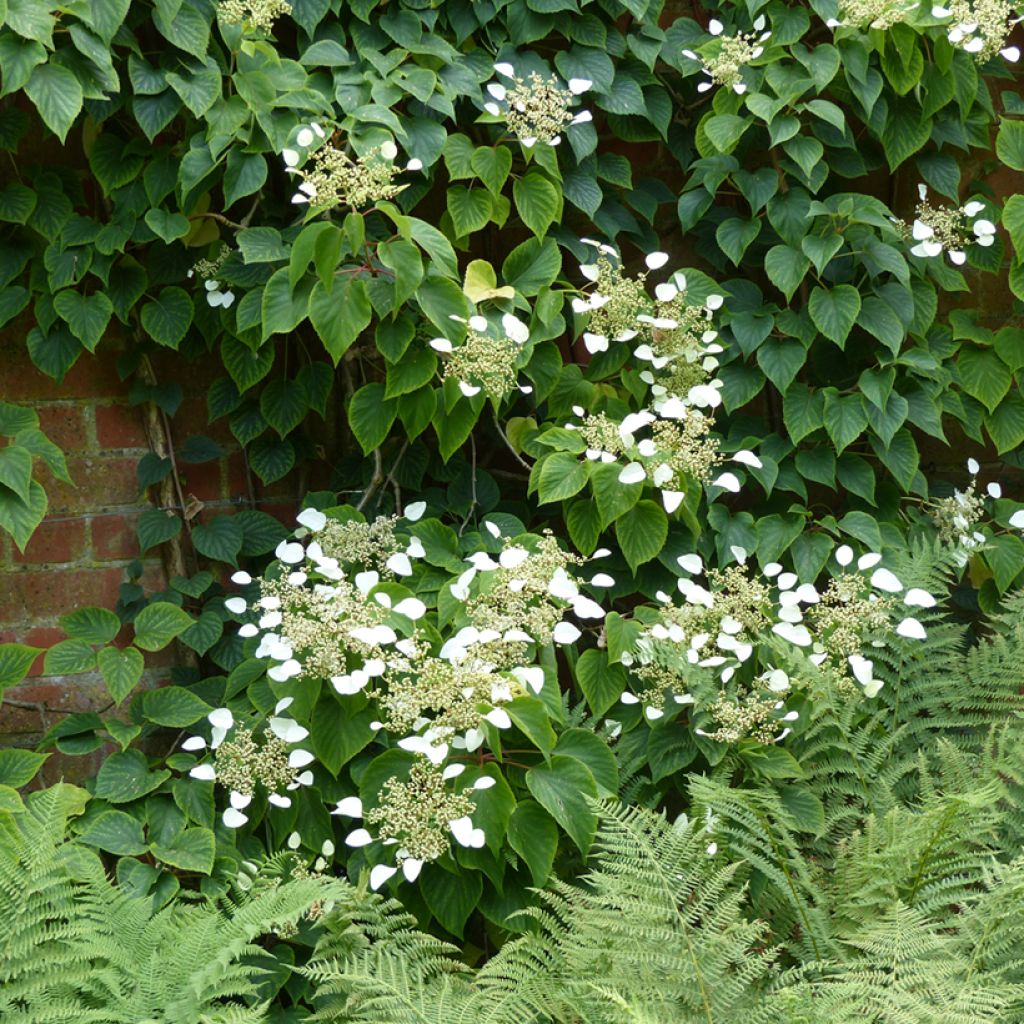

Schizophragma hydrangeoides
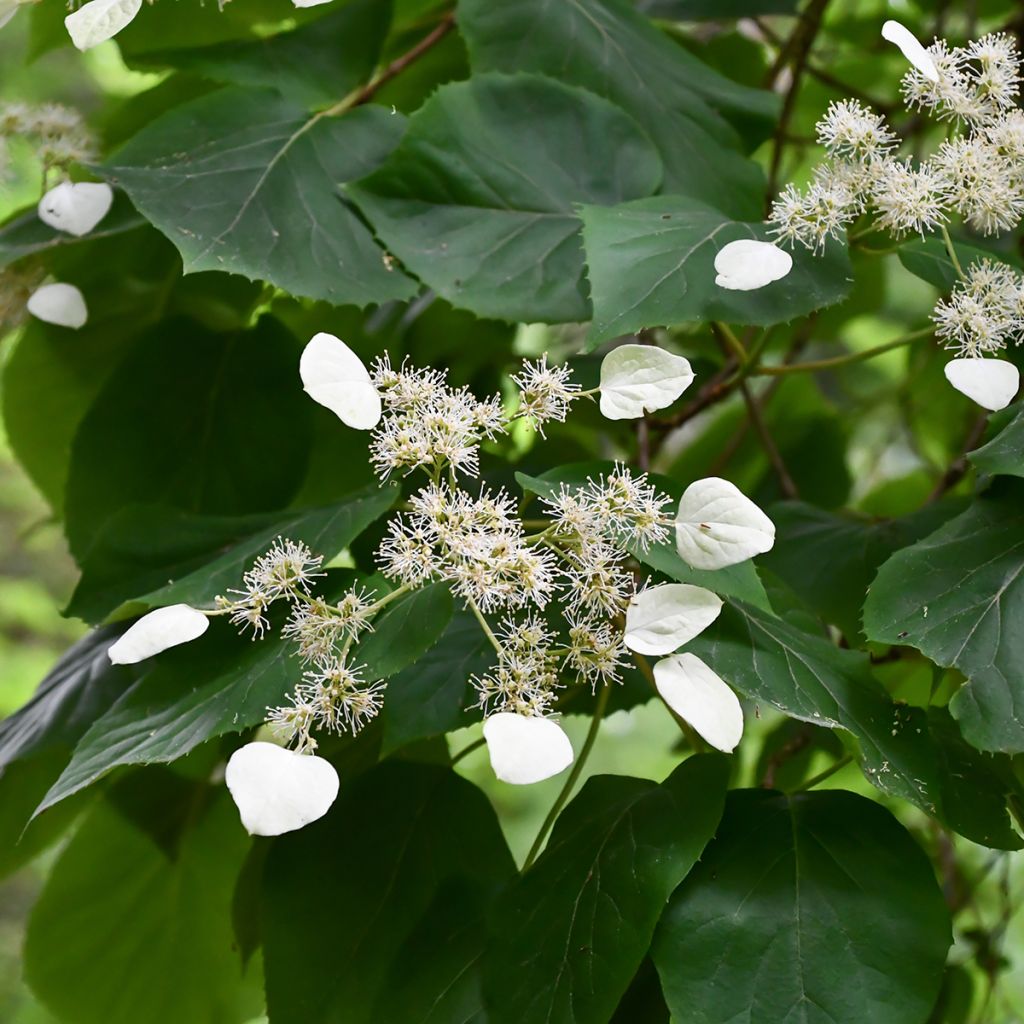

Schizophragma hydrangeoides
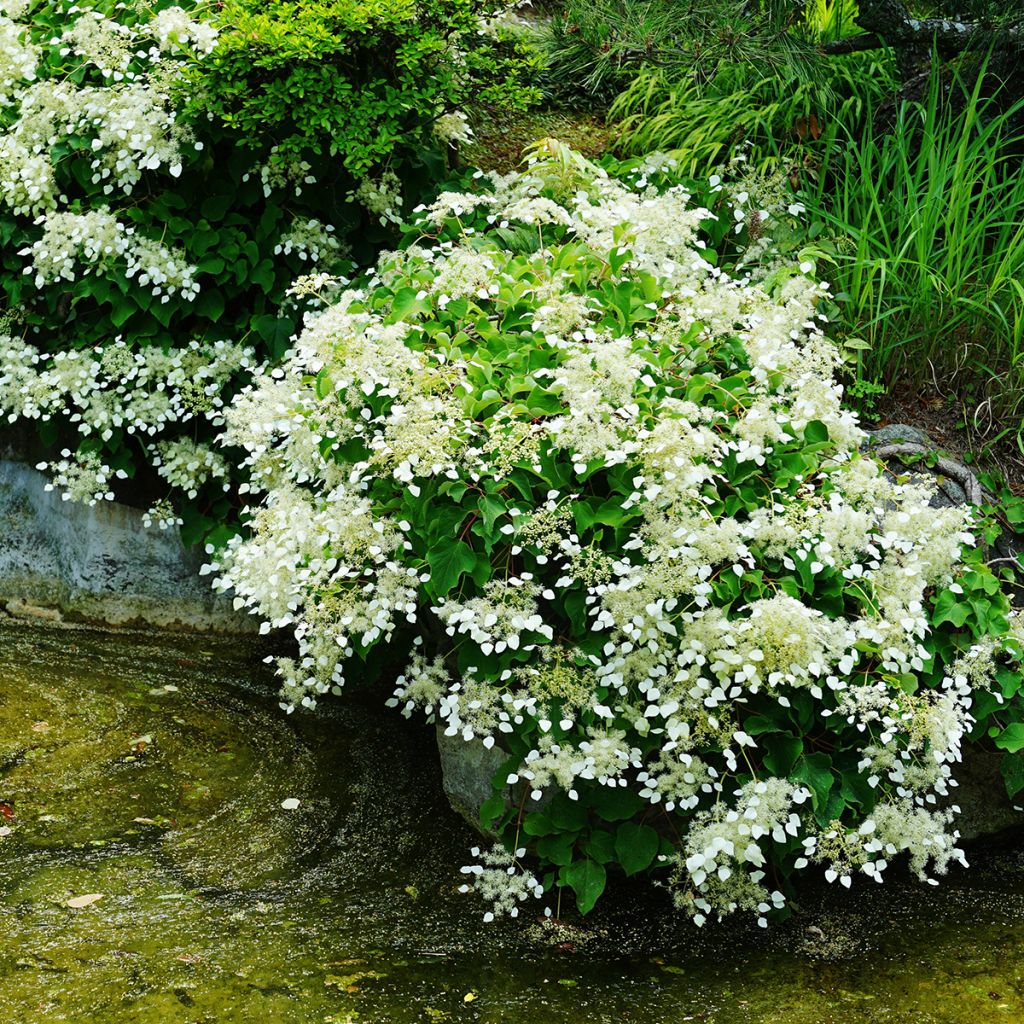

Schizophragma hydrangeoides
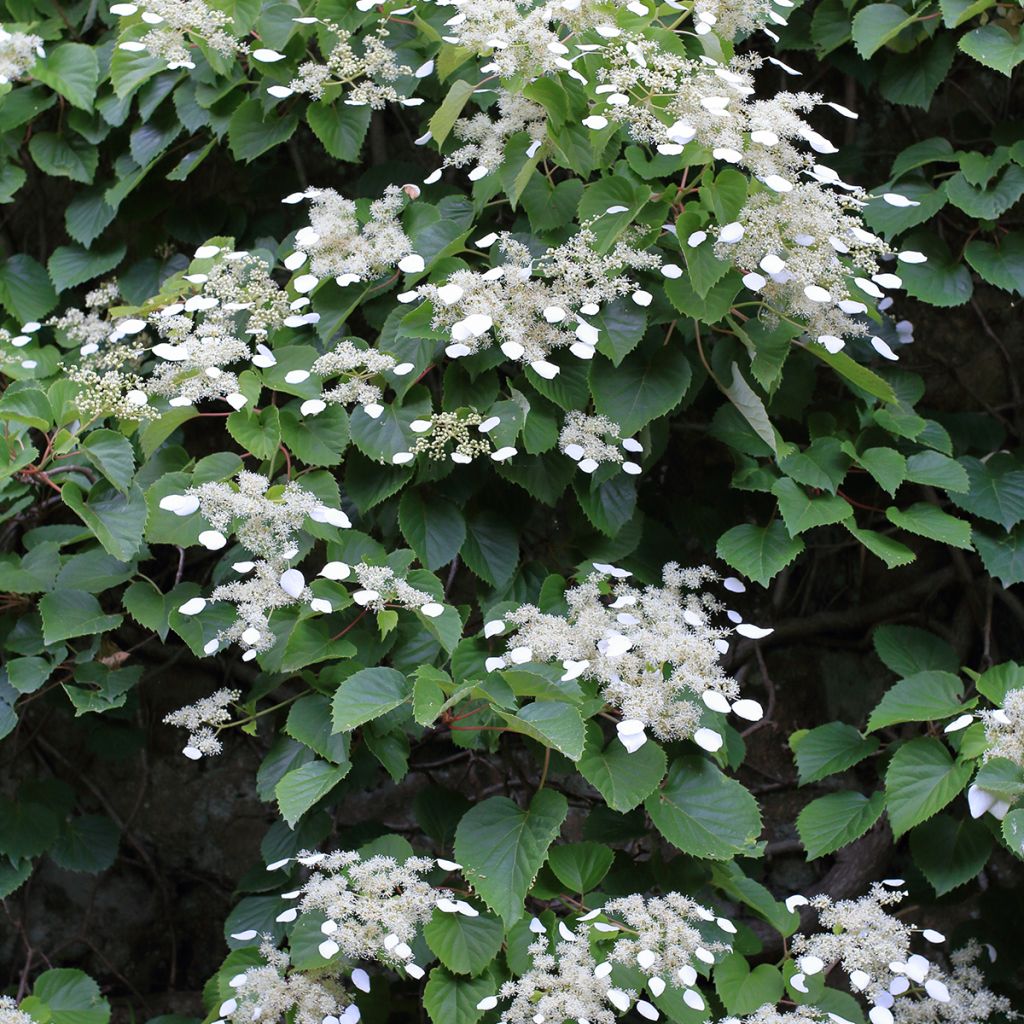

Schizophragma hydrangeoides


Schizophragma hydrangeoides
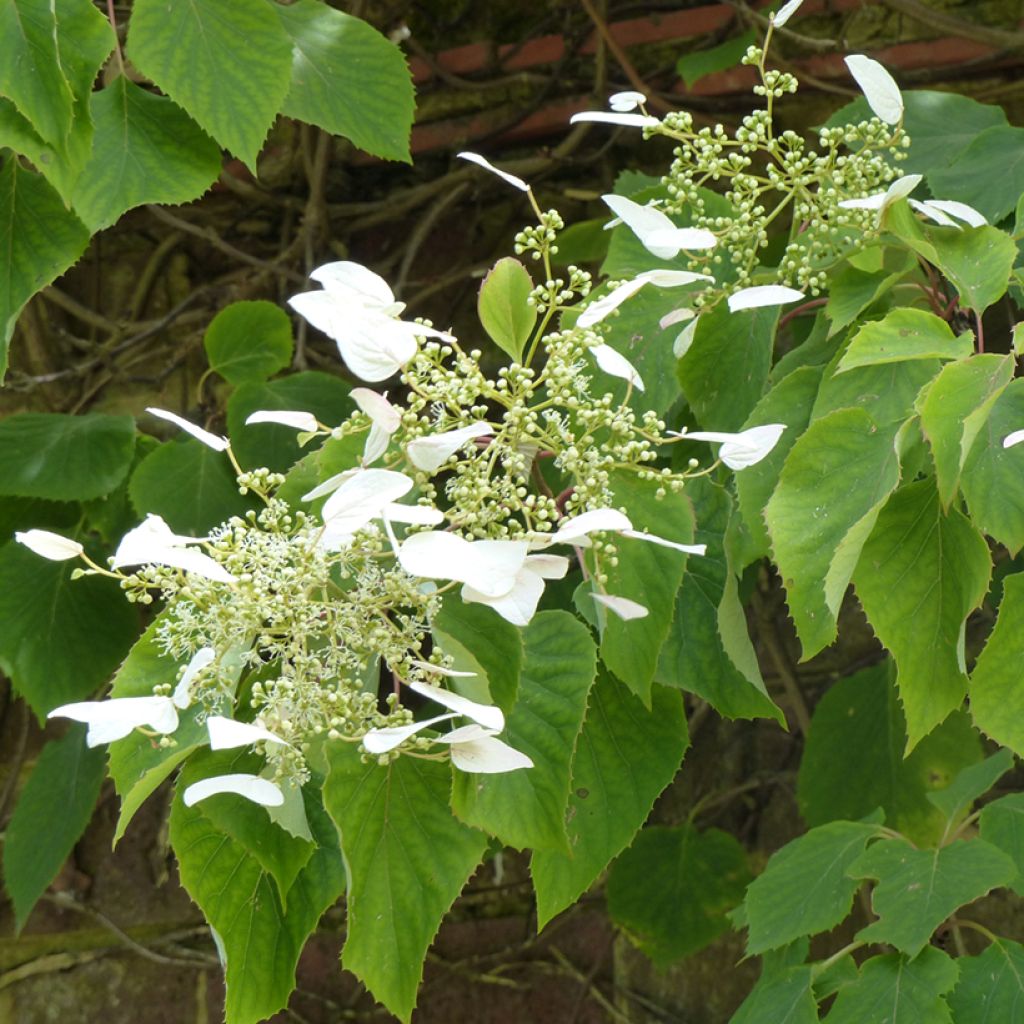

Schizophragma hydrangeoides
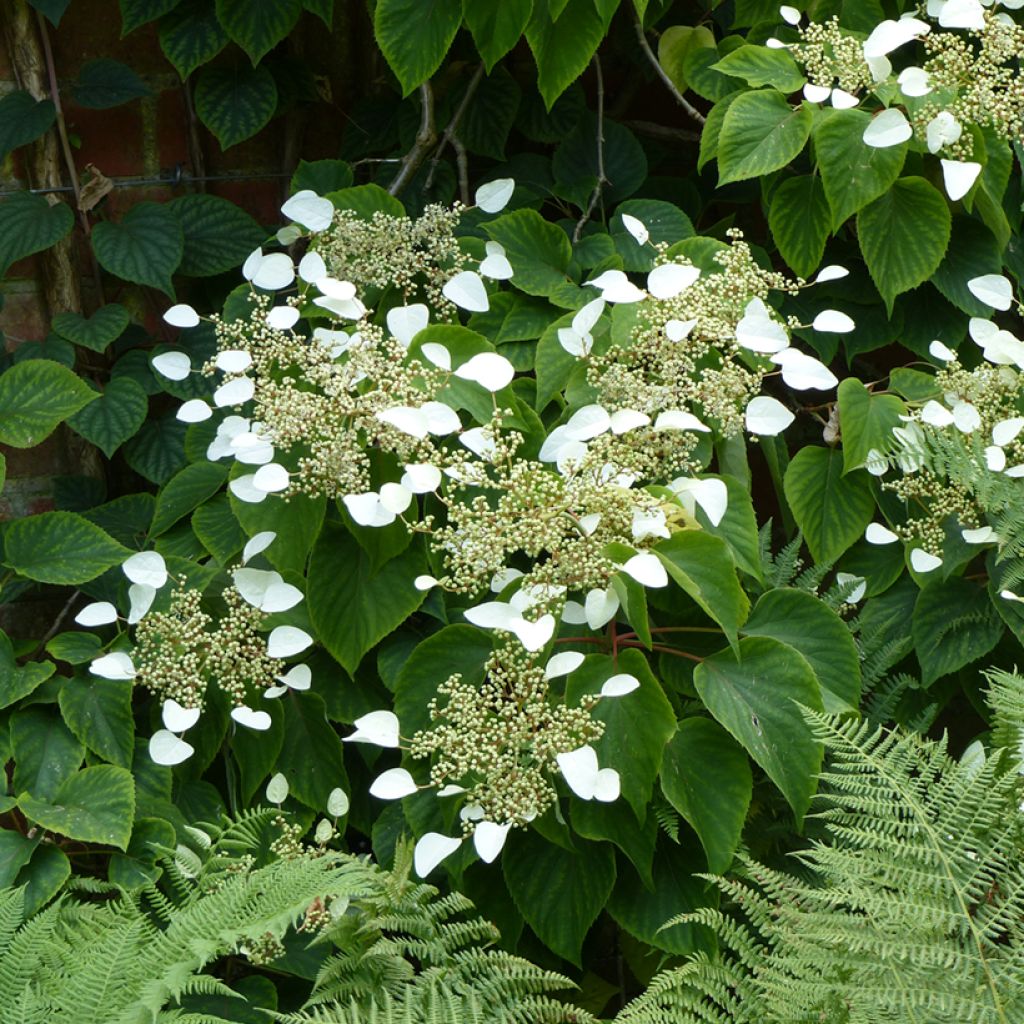

Schizophragma hydrangeoides
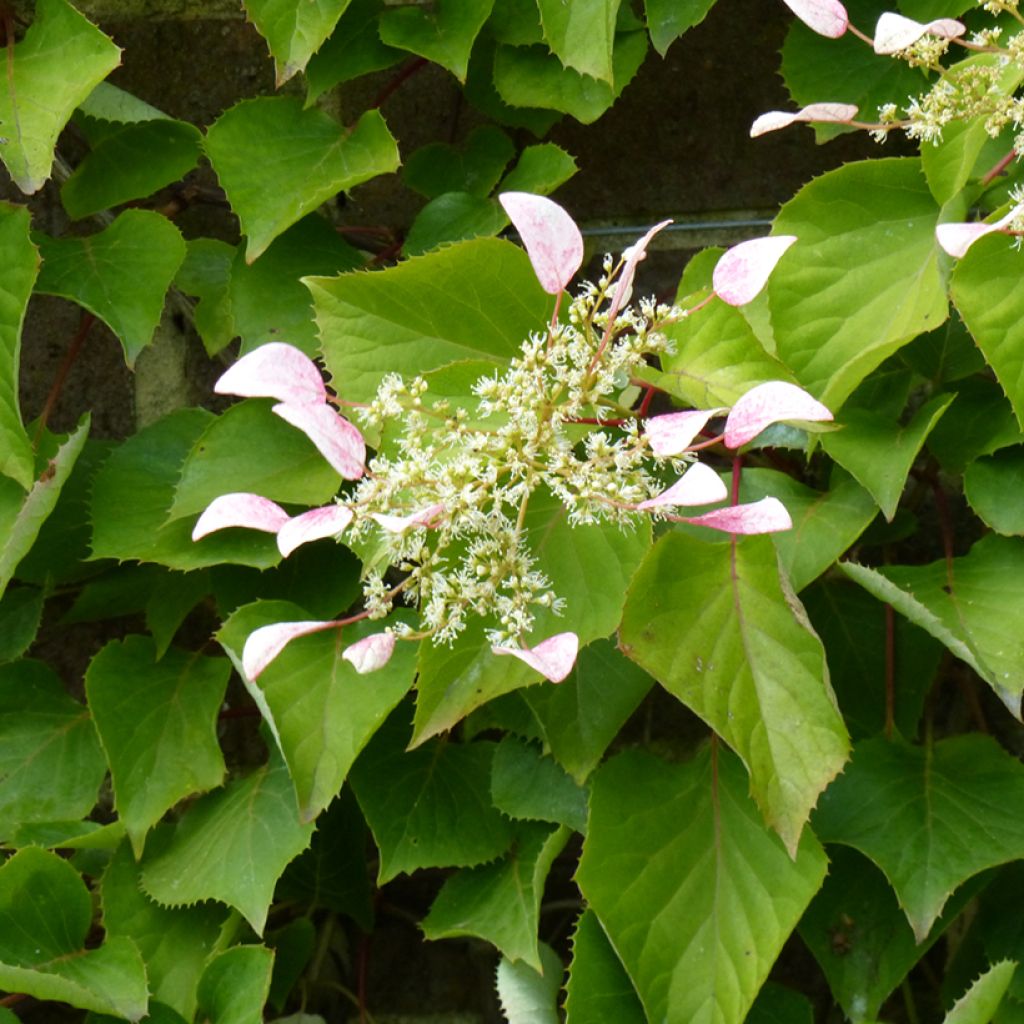

Schizophragma hydrangeoides
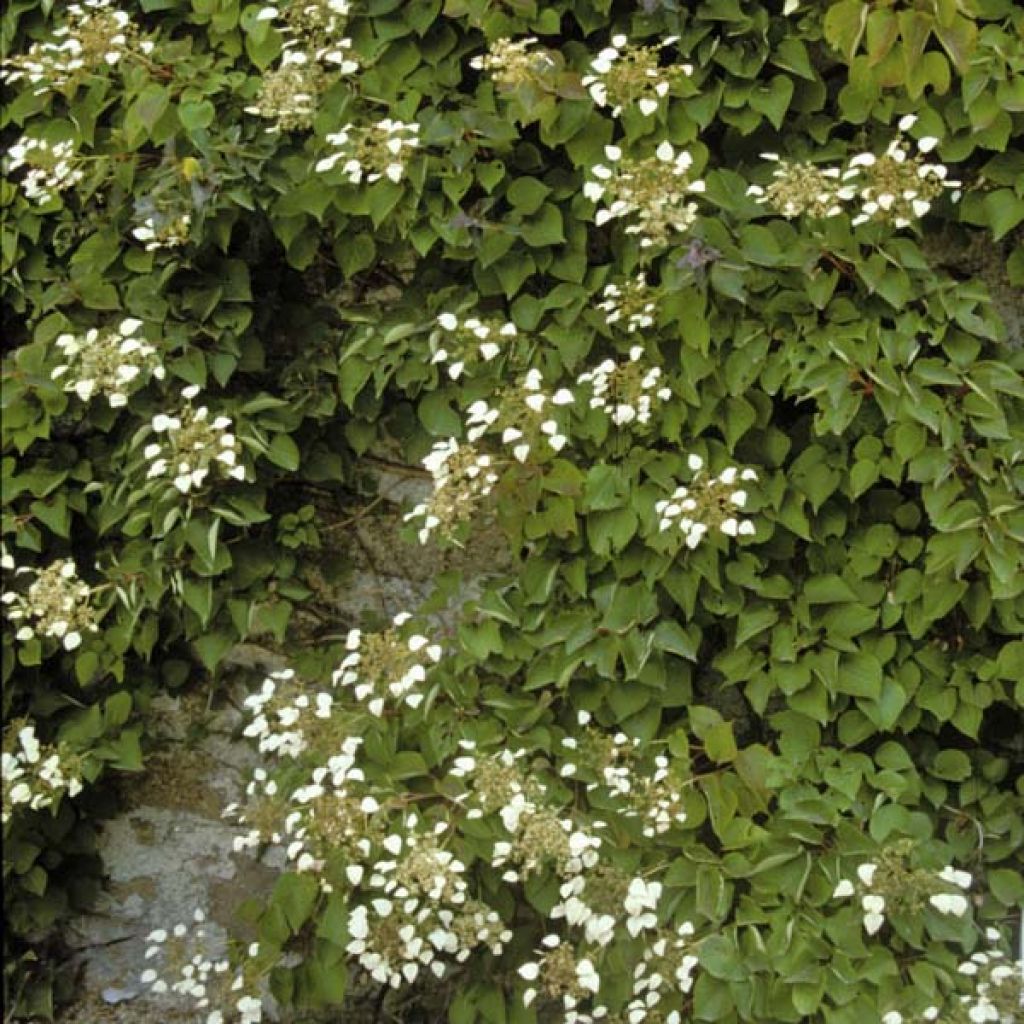

Schizophragma hydrangeoides
Schizophragma hydrangeoides
Schizophragma hydrangeoides
Japanese Hydrangea Vine
Very pretty plant that has found its place. Let's wait and see the shoot and the flowering!
Danièle, 02/04/2025
Special offer!
Receive a €20 voucher for any order over €90 (excluding delivery costs, credit notes, and plastic-free options)!
1- Add your favorite plants to your cart.
2- Once you have reached €90, confirm your order (you can even choose the delivery date!).
3- As soon as your order is shipped, you will receive an email containing your voucher code, valid for 3 months (90 days).
Your voucher is unique and can only be used once, for any order with a minimum value of €20, excluding delivery costs.
Can be combined with other current offers, non-divisible and non-refundable.
Home or relay delivery (depending on size and destination)
Schedule delivery date,
and select date in basket
This plant carries a 6 months recovery warranty
More information
We guarantee the quality of our plants for a full growing cycle, and will replace at our expense any plant that fails to recover under normal climatic and planting conditions.
Would this plant suit my garden?
Set up your Plantfit profile →
Description
Schizophragma hydrangeoides , also known as climbing false hydrangea, is a little-known climbing bush, yet it is generous and remarkable with its large flat inflorescences composed of small, nectar-rich flowers surrounded by beautiful white bracts. It is vigorous and illuminates dark and often neglected places. Equipped with aerial roots, it firmly clings to its support, tree or wall, and can reach heights of up to 10m (33ft)! It also charms with its summer flowering, which is wonderfully delicate, in large terminal inflorescences, as fine as lace and reminiscent of some white hydrangeas. It can be grown in shade or partial shade.
Schizophragma hydrangeoides belongs to the Hydrangeaceae family. These climbing plants, similar to climbing hydrangeas, originate from wooded and humid regions of Asia, China, the Himalayas, Japan, and Korea. It can reach heights of up to 10m (33ft) and spread over 4m (13ft), with normal growth. From 3 years old, the Schizophragma attaches itself using its aerial roots, just like ivy. In June-July, there is a long flowering period of at least 3 weeks, with flowers appearing mainly at the ends of the stems. These are airy inflorescences that are 20cm (8in) in diameter, composed of small clusters of tiny pale, nectar-rich flowers surrounded by sterile large white bracts. The deciduous foliage is dark green and consists of large heart-shaped leaves, 10-20cm (4-8in) long, opposite, with finely toothed edges. It is very hardy and can withstand temperatures down to -20°C (1°F).
Schizophragma hydrangeoides does not like soils that are too dry, too poor, or chalky. If necessary, add organic matter to maintain moisture (the soil should never completely dry out, otherwise it will be impossible to rehydrate) and lower the pH of your soil. It has a very decorative effect on a north-facing wall or on the trunk of a mature tree. While it prefers a shaded and protected exposure, it needs light to flower properly, with the morning sun being ideal. This woody climber can also crawl along the ground, like ivy, illuminating the neglected and dark areas of the garden.
Report an error about the product description
Schizophragma hydrangeoides in pictures
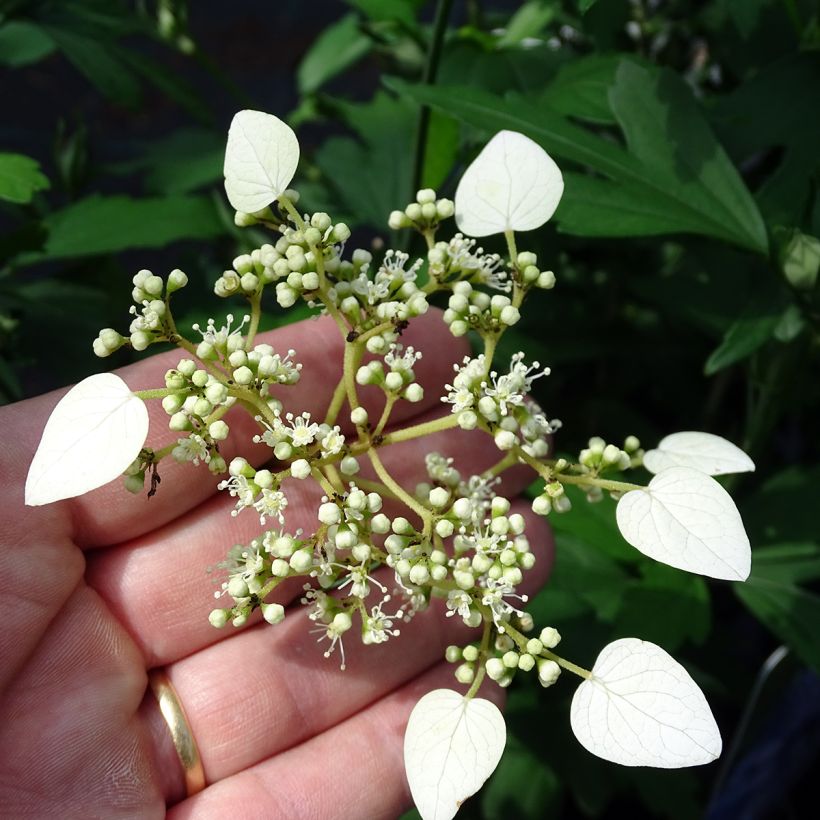

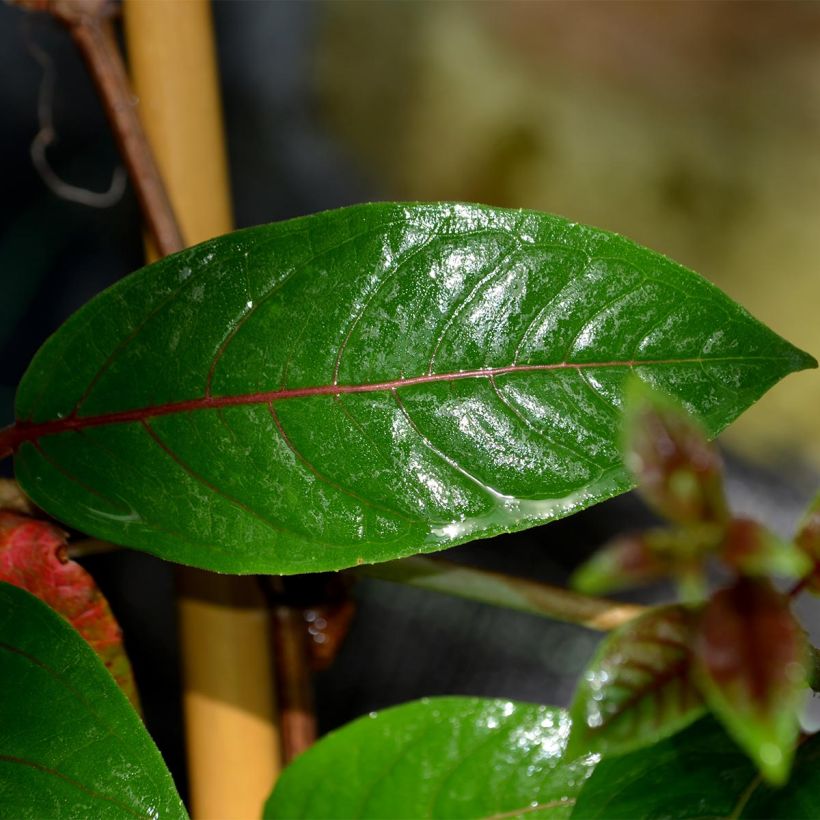

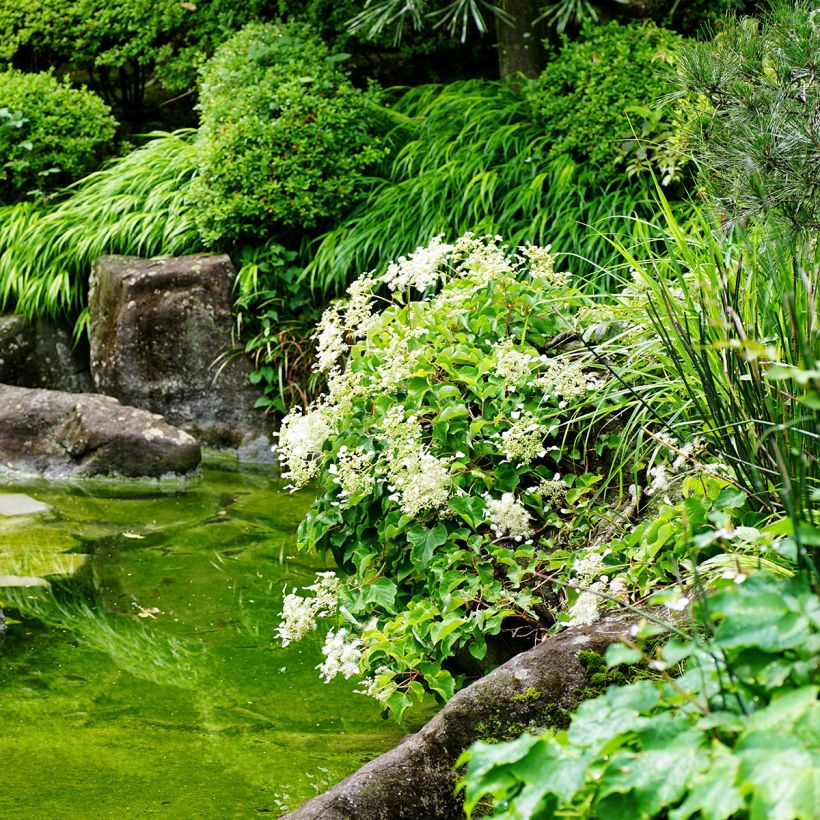

Plant habit
Flowering
Foliage
Botanical data
Schizophragma
hydrangeoides
Hydrangeaceae
Japanese Hydrangea Vine
China
Planting and care
The climbing false hydrangea does not like dry and poor soils, or limestone. If necessary, add organic matter to maintain moisture (soil should never completely dry out, or it will be impossible to rehydrate) and reduce the pH of your overly limestone soil. Plant it in autumn or spring. Dig a hole at least 50 cm (20in) deep, in which you will mix organic matter and bonemeal with the original soil. A humus-rich, clayey, fresh but well-drained soil is ideal. The best exposure is partial shade. However, you can place them in the sun, but protect the base from direct rays. Avoid excessively hot areas and the setting sun. Regular fertilizer application will benefit this demanding plant. Staking is necessary until the aerial roots are firmly established. Light pruning should be done at the end of winter to remove faded flowers from the previous season. Leave them on the plant over winter to protect the plant during extreme cold. You can remove awkward or tangled stems in autumn.
Planting period
Intended location
Care
-
, onOrder confirmed
Reply from on Promesse de fleurs
Haven't found what you were looking for?
Hardiness is the lowest winter temperature a plant can endure without suffering serious damage or even dying. However, hardiness is affected by location (a sheltered area, such as a patio), protection (winter cover) and soil type (hardiness is improved by well-drained soil).

Photo Sharing Terms & Conditions
In order to encourage gardeners to interact and share their experiences, Promesse de fleurs offers various media enabling content to be uploaded onto its Site - in particular via the ‘Photo sharing’ module.
The User agrees to refrain from:
- Posting any content that is illegal, prejudicial, insulting, racist, inciteful to hatred, revisionist, contrary to public decency, that infringes on privacy or on the privacy rights of third parties, in particular the publicity rights of persons and goods, intellectual property rights, or the right to privacy.
- Submitting content on behalf of a third party;
- Impersonate the identity of a third party and/or publish any personal information about a third party;
In general, the User undertakes to refrain from any unethical behaviour.
All Content (in particular text, comments, files, images, photos, videos, creative works, etc.), which may be subject to property or intellectual property rights, image or other private rights, shall remain the property of the User, subject to the limited rights granted by the terms of the licence granted by Promesse de fleurs as stated below. Users are at liberty to publish or not to publish such Content on the Site, notably via the ‘Photo Sharing’ facility, and accept that this Content shall be made public and freely accessible, notably on the Internet.
Users further acknowledge, undertake to have ,and guarantee that they hold all necessary rights and permissions to publish such material on the Site, in particular with regard to the legislation in force pertaining to any privacy, property, intellectual property, image, or contractual rights, or rights of any other nature. By publishing such Content on the Site, Users acknowledge accepting full liability as publishers of the Content within the meaning of the law, and grant Promesse de fleurs, free of charge, an inclusive, worldwide licence for the said Content for the entire duration of its publication, including all reproduction, representation, up/downloading, displaying, performing, transmission, and storage rights.
Users also grant permission for their name to be linked to the Content and accept that this link may not always be made available.
By engaging in posting material, Users consent to their Content becoming automatically accessible on the Internet, in particular on other sites and/or blogs and/or web pages of the Promesse de fleurs site, including in particular social pages and the Promesse de fleurs catalogue.
Users may secure the removal of entrusted content free of charge by issuing a simple request via our contact form.
The flowering period indicated on our website applies to countries and regions located in USDA zone 8 (France, the United Kingdom, Ireland, the Netherlands, etc.)
It will vary according to where you live:
- In zones 9 to 10 (Italy, Spain, Greece, etc.), flowering will occur about 2 to 4 weeks earlier.
- In zones 6 to 7 (Germany, Poland, Slovenia, and lower mountainous regions), flowering will be delayed by 2 to 3 weeks.
- In zone 5 (Central Europe, Scandinavia), blooming will be delayed by 3 to 5 weeks.
In temperate climates, pruning of spring-flowering shrubs (forsythia, spireas, etc.) should be done just after flowering.
Pruning of summer-flowering shrubs (Indian Lilac, Perovskia, etc.) can be done in winter or spring.
In cold regions as well as with frost-sensitive plants, avoid pruning too early when severe frosts may still occur.
The planting period indicated on our website applies to countries and regions located in USDA zone 8 (France, United Kingdom, Ireland, Netherlands).
It will vary according to where you live:
- In Mediterranean zones (Marseille, Madrid, Milan, etc.), autumn and winter are the best planting periods.
- In continental zones (Strasbourg, Munich, Vienna, etc.), delay planting by 2 to 3 weeks in spring and bring it forward by 2 to 4 weeks in autumn.
- In mountainous regions (the Alps, Pyrenees, Carpathians, etc.), it is best to plant in late spring (May-June) or late summer (August-September).
The harvesting period indicated on our website applies to countries and regions in USDA zone 8 (France, England, Ireland, the Netherlands).
In colder areas (Scandinavia, Poland, Austria...) fruit and vegetable harvests are likely to be delayed by 3-4 weeks.
In warmer areas (Italy, Spain, Greece, etc.), harvesting will probably take place earlier, depending on weather conditions.
The sowing periods indicated on our website apply to countries and regions within USDA Zone 8 (France, UK, Ireland, Netherlands).
In colder areas (Scandinavia, Poland, Austria...), delay any outdoor sowing by 3-4 weeks, or sow under glass.
In warmer climes (Italy, Spain, Greece, etc.), bring outdoor sowing forward by a few weeks.
































